Ever wondered what that weird chirping or barking sound a capybara makes is all about? If you’re here, you’re probably curious about how these lovable, giant rodents communicate. Let’s break it down: Capybaras don’t just make sounds for fun—they’re talking to each other.
But here’s the kicker: understanding their sounds isn’t just cool trivia—it helps you decode their emotions, social dynamics, and survival tactics. So, whether you’re a capybara fan, owner, or just someone fascinated by these quirky creatures, buckle up! You’re about to learn everything you need to know about capybara sounds.
What Sounds Do Capybaras Make?
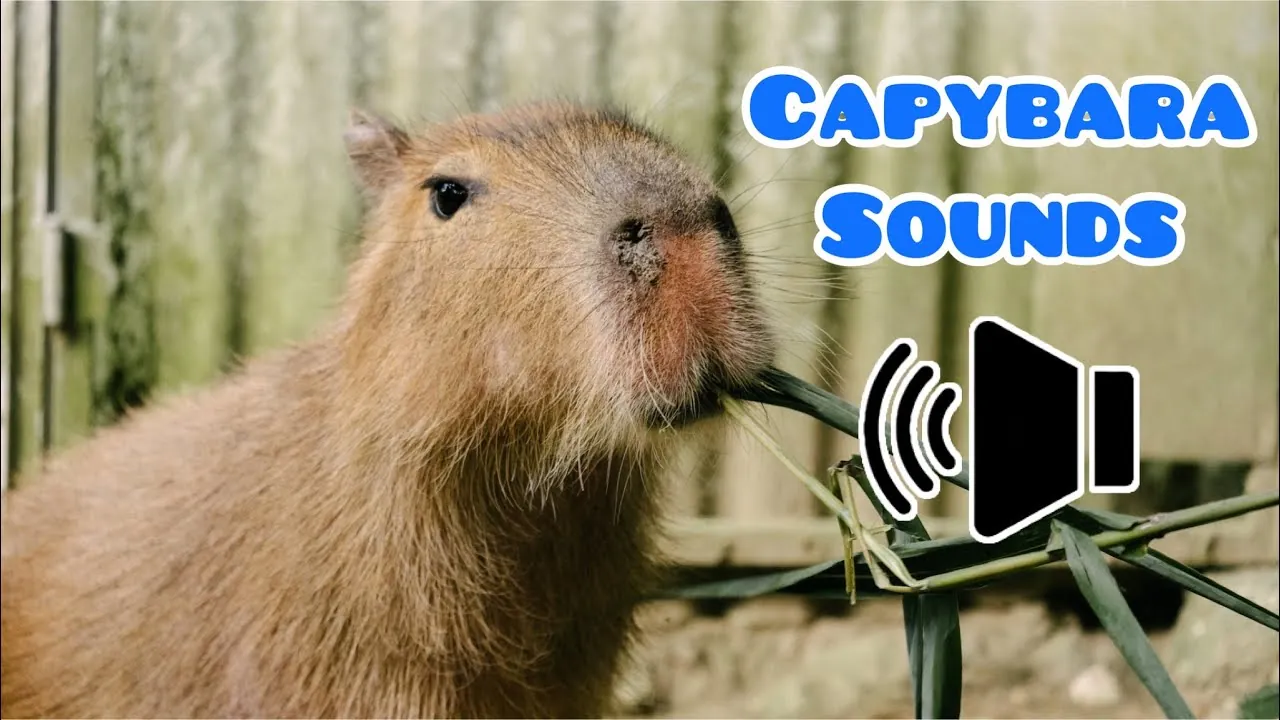
Capybaras are social animals, and their vocalizations are just as diverse as their personalities. From barks to purrs, each sound has a purpose. Let’s dive into the types of sounds capybaras make and what they mean:
1. Capybara Barking
- What it is: A high-pitched, sharp bark.
- When they do it: When they sense danger or something suspicious.
- Why it matters: This bark is essentially their alarm system, signaling to the group, “Hey, heads up, something’s not right!”
2. Chirps and Whistles
- What it is: Light, melodic chirps or whistles.
- When they do it: Typically during group interactions or while foraging.
- Why it matters: It’s a way of saying, “I’m here, everything’s cool.”
3. Purring Sounds
- What it is: A soft, continuous vibration.
- When they do it: When they’re relaxed or enjoying social grooming.
- Why it matters: It’s their way of showing contentment—think of it like a cat’s purr.
4. Teeth Chattering
- What it is: A rapid clicking sound made by their teeth.
- When they do it: When they’re feeling defensive or trying to establish dominance.
- Why it matters: It’s their way of saying, “Back off.”
Why Do Capybaras Make These Sounds?
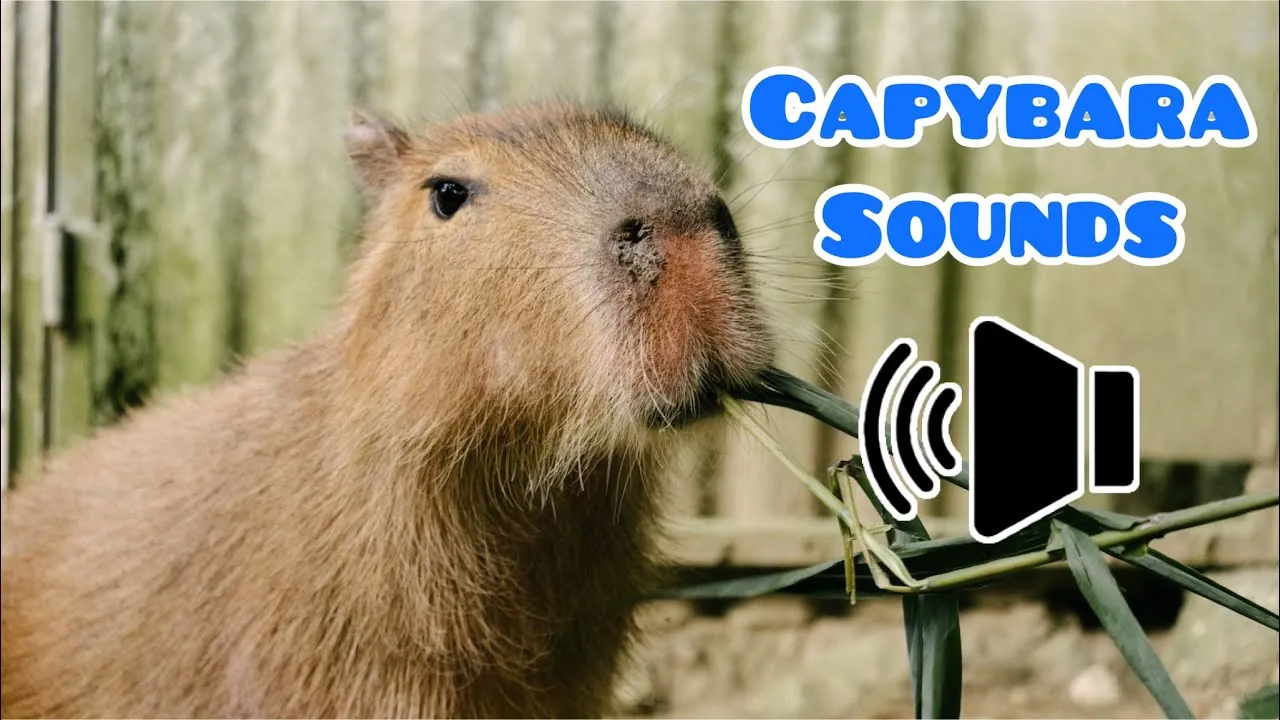
Capybara vocalizations aren’t random—they serve a purpose. These sounds are like their survival toolkit, social network, and emotional outlet rolled into one. Here’s why they’re so important:
1. Communication Within the Group
Capybaras live in groups of 10 to 20, and sometimes even more during the dry season. Keeping everyone on the same page is crucial, and their vocalizations help them do just that.
2. Alerting for Danger
Predators like jaguars, caimans, and eagles are always lurking. A capybara’s bark can mean the difference between life and death for the group.
3. Strengthening Social Bonds
Those soft purrs and chirps? They’re like group hugs in sound form. They help capybaras bond and keep the peace.
Fun Facts About Capybara Sounds
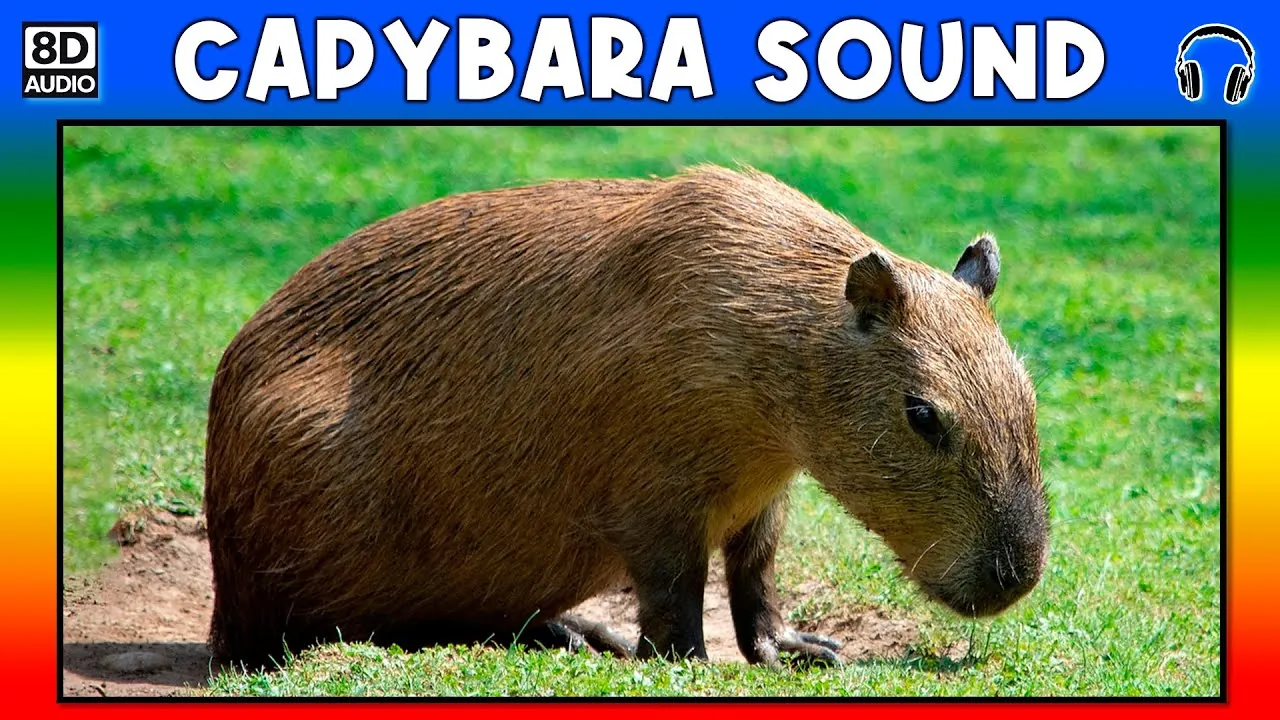
- Baby capybaras are the most vocal of the group. They squeal and grunt to grab mom’s attention when they’re hungry or scared.
- Capybaras even “talk” in their sleep—a behavior that’s still being studied!
- In captivity, capybaras can develop unique sound patterns to communicate with their human caretakers. How cool is that?
FAQs About Capybara Sounds
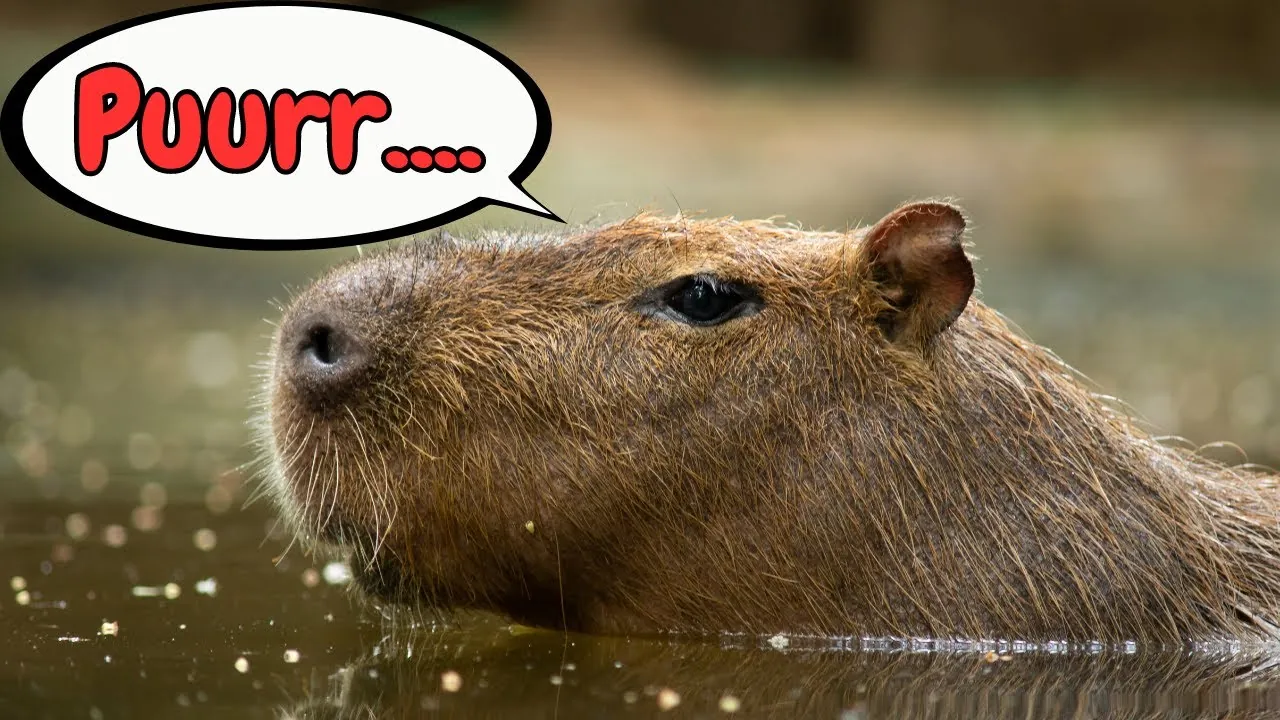
1. Do capybaras make noise all the time?
Not really. They’re most vocal during social interactions or when there’s a need to communicate (like danger or courtship).
2. What does it mean when a capybara purrs?
Purring is a sign that the capybara is happy and relaxed. You’ll often hear it during grooming or while they’re chilling in the water.
3. Can you tell a capybara’s mood by its sounds?
Absolutely. Barks mean they’re alarmed, purrs mean they’re content, and teeth chattering usually signals aggression or stress.
How to Identify and Respond to Capybara Sounds
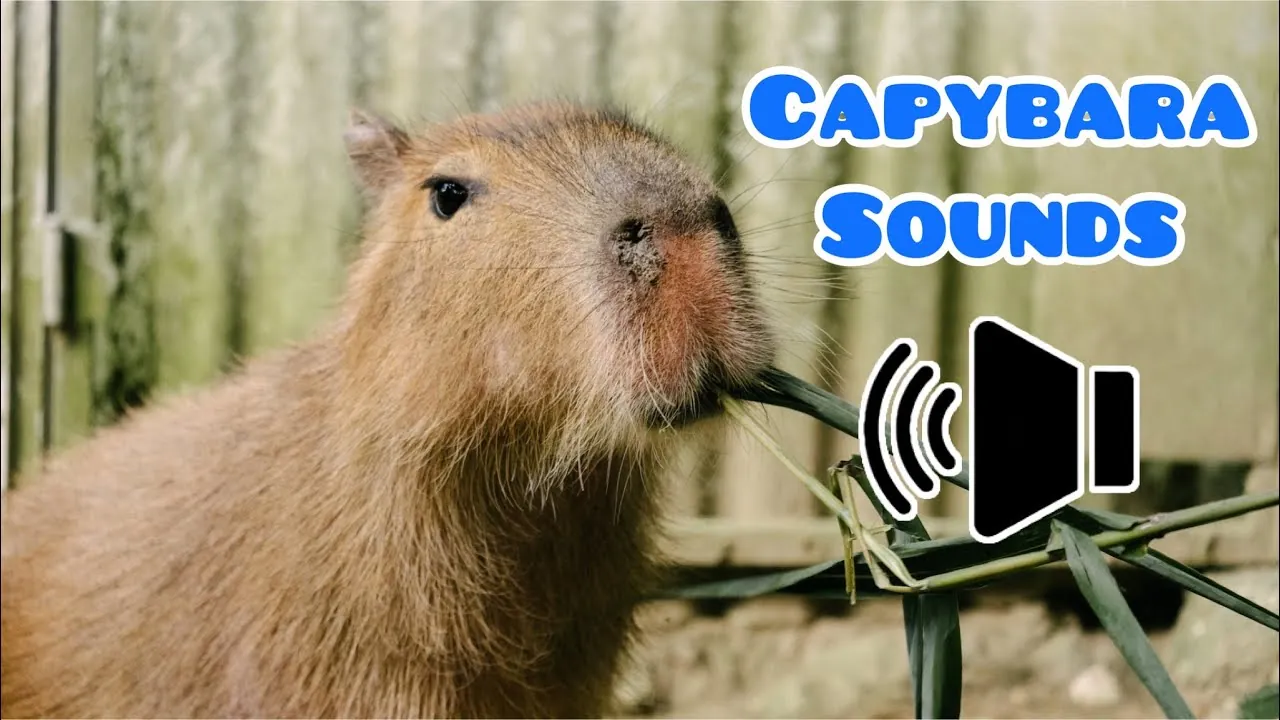
If you’re lucky enough to be around capybaras, here’s how to decode and react to their sounds:
- Barking: Look for signs of a predator or danger and ensure the area is safe.
- Purring: Take it as a compliment—they’re relaxed and happy in your presence.
- Chirping/Whistling: It’s a good sign they feel secure and social.
- Teeth Chattering: Give them space; they might be feeling threatened or territorial.
Why Understanding Capybara Sounds Matters (Even If You’re Not a Scientist)
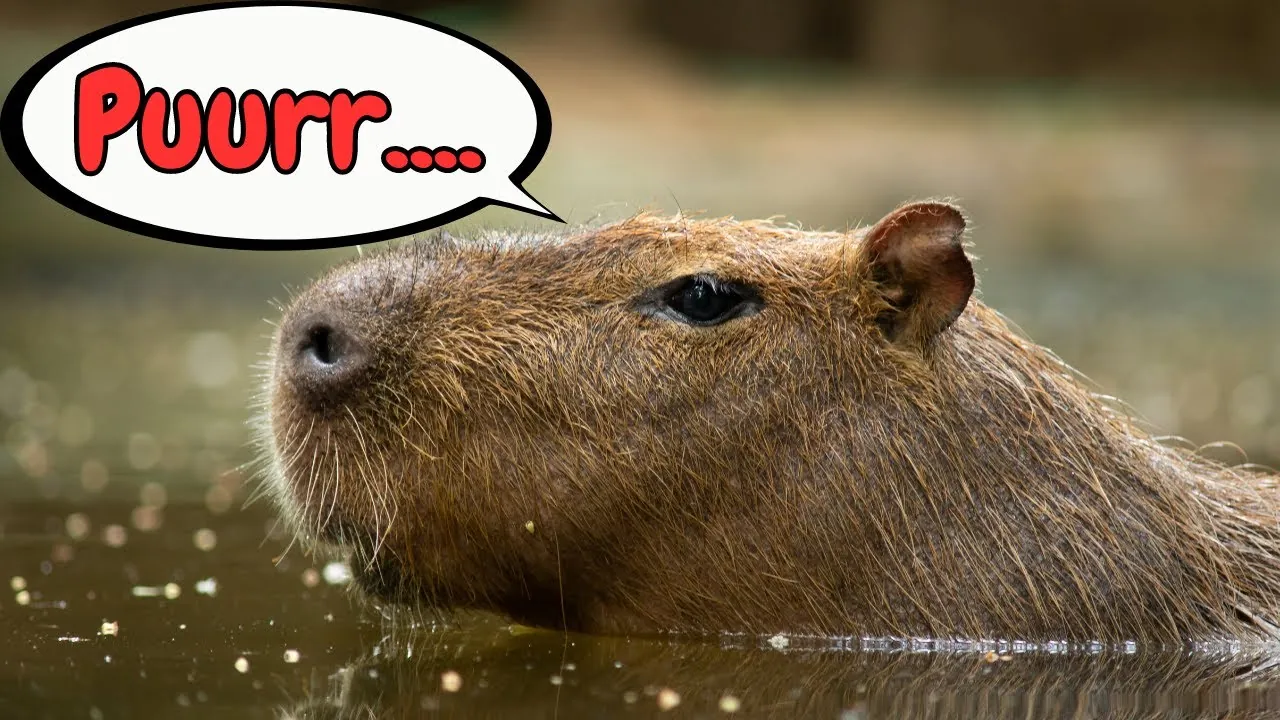
Okay, so maybe you’re not studying capybaras for a living, but understanding their sounds is still pretty useful. Here’s why:
1. For Capybara Owners
If you’re a pet capybara parent, recognizing their sounds can help you provide better care. A squealing capybara might need attention, while a purring one is perfectly content.
2. For Wildlife Enthusiasts
If you’re observing capybaras in the wild, knowing their sounds adds depth to your experience. You’re not just watching them—you’re understanding them.
3. For Conservation Efforts
Understanding how capybaras communicate can help conservationists protect their habitats and ensure their survival.
Bringing It All Together
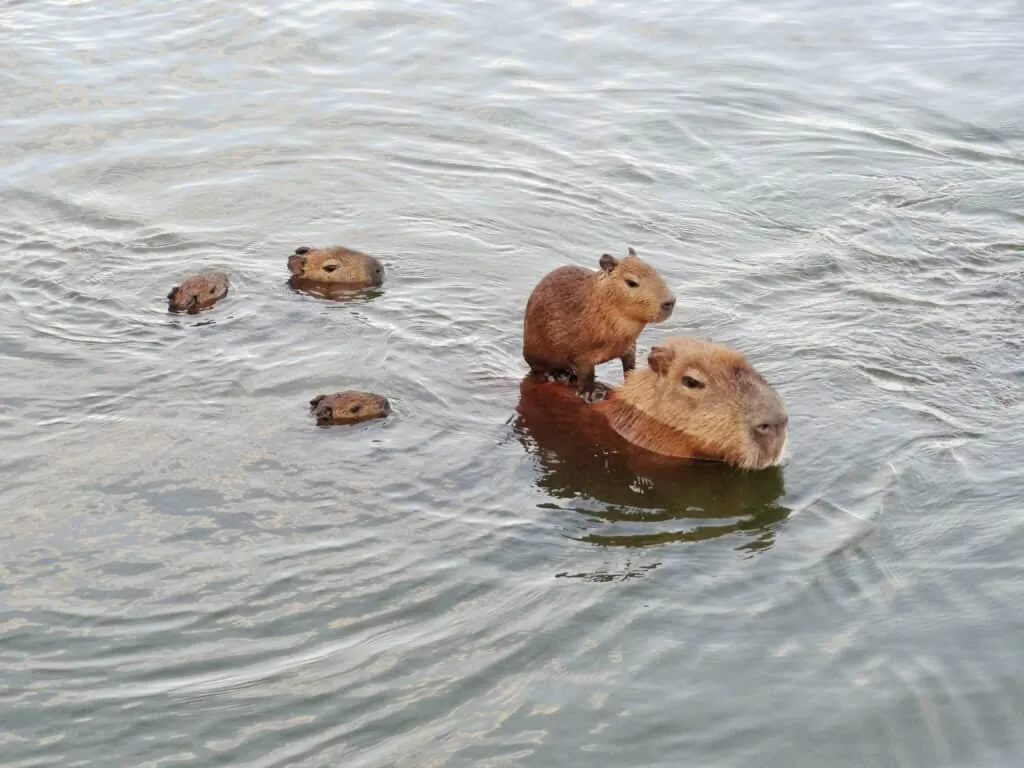
Capybaras are more than just cute, water-loving creatures—they’re skilled communicators with a rich vocal repertoire. Their sounds give us a glimpse into their world, whether they’re alerting their group to danger, bonding with friends, or just expressing pure joy.
So, next time you hear a capybara bark, purr, or chirp, you’ll know exactly what’s going on. And who knows? Maybe you’ll even start “talking capybara” yourself.
If you’ve ever heard a capybara sound, share your experience below! And don’t forget to check out more about capybara behavior.
